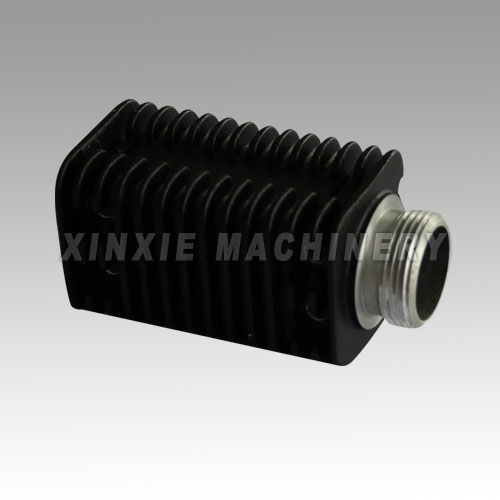testPosted by uuuseff on October 10th, 2019 Die casting is a metal casting process that is characterized by forcing molten metal under high pressure into a mold cavity. The mold cavity is created using two hardened tool steel dies which have been machined into shape and work similarly to an injection mold during the process. Most die castings are made from non-ferrous metals, specifically zinc, copper, aluminium, magnesium, lead, pewter and tin based alloys. Depending on the type of metal being cast, a hot- or cold-chamber machine is used. Two variants are pore-free die casting, which is used to eliminate gas porosity defects; and direct injection die casting, which is used with zinc castings to reduce scrap and increase yield.
We will consider the follow-up process machining from Machined Parts design to save you the cost of optimal processing program to achieve the most accurate, fastest processing products.
Used in a variety of needs the combination of aluminum die-casting parts or high precision Aluminum Casting Machined Parts, after the processed crude embryo parts from the original aluminum castings can be achieved with a certain precision for the assembly parts, CNC machining to be completed by a single part more complex processing needs in the same center standards, once completed the project of drilling, tapping, cutting, milling plane, excluding the incidence of human error, and to quantify the jobs at the fastest speed to achieve economies of scale and efficiency, and assured the parts assembly precision requirements and other products with movement and life.
Like it? Share it!More by this author |






